8. Final thoughts: How to measure the ROI of social listening
Table of Contents
Seasoned marketers often recognize the value of social listening through its visible impact on marketing strategies and overall business performance. However, there may be times when you need to demonstrate its benefits quantitatively, especially to those less acquainted with the concept.
If you're following our social listening guide and have made it this far, you likely appreciate its advantages, whether you're enhancing an existing strategy or incorporating social listening for the first time. But for those still seeking concrete evidence, the numbers speak volumes.
For instance, users of Pulsar's social listening tools have seen a 10% increase in brand conversations, correlating to a 3% boost in sales.
Further, a study of 100 campaigns on X (Twitter) revealed that engagement rates improved by 3-11 times when creatives were community-driven, informed by insights from social listening.
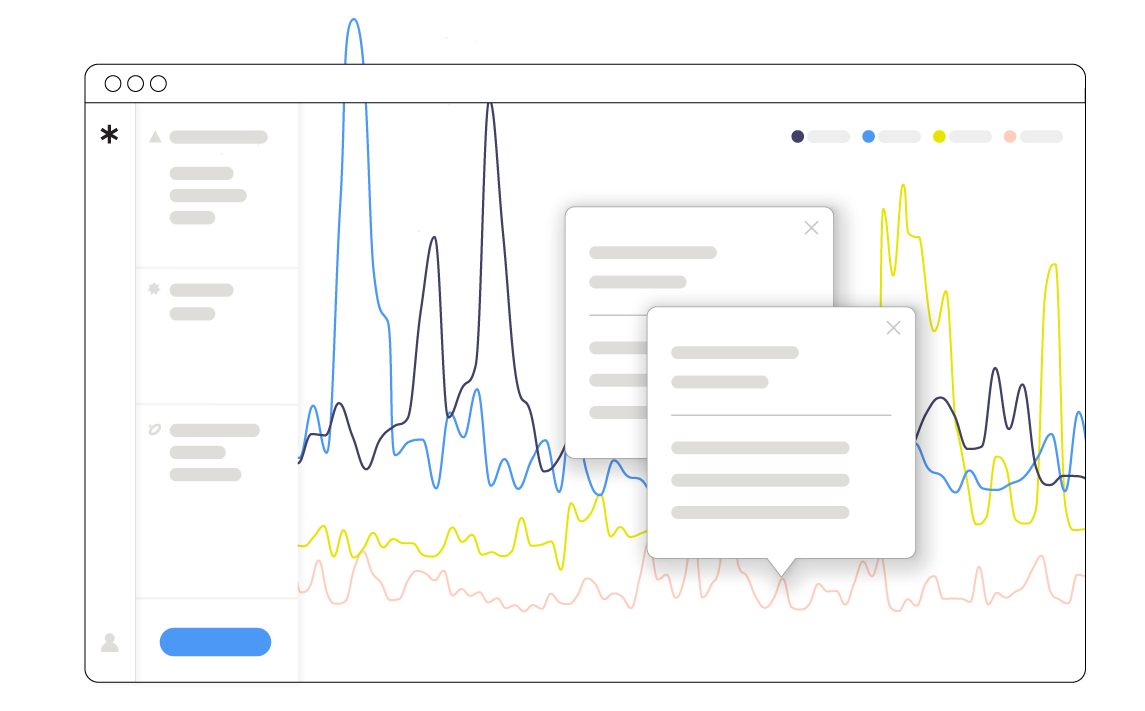
However, the mere implementation of a social listening strategy doesn't guarantee success. Continuous measurement of ROI is crucial to ensure your efforts align with your business objectives and yield the desired results.
In this final installment of our guide, we will explore the essence of ROI in the context of social listening - discussing its significance, and guiding you through a 5-step process to effectively calculate and understand your own social listening ROI.
What is ROI?
ROI, or Return on Investment, is a crucial metric in business, measuring the efficiency and profitability of an investment. In this article, we're focusing on ROI within the specific context of social listening, though the concept applies broadly across various business strategies.
Simply put, ROI in social listening quantifies the effectiveness of your social listening strategy by comparing its benefits against the associated costs. It’s about determining whether the investment in social listening aligns with your business goals and financial constraints.
While translating the impact of social listening into tangible numbers may seem challenging, the fundamental formula for calculating ROI is quite straightforward:
Social Listening ROI (%) = Net Profit (Value Generated from Social Listening - Costs of Social Listening) / Costs × 100
Breaking it down:
- Value Generated: This includes increased sales, leads, or conversions attributed to social listening.
- Costs: These are all expenses involved in executing your social listening strategy, from tool subscriptions to content creation and staffing.
A positive ROI (greater than 0%) indicates that social listening has produced more value than its cost, signifying a successful investment. Conversely, a negative ROI (below 0%) suggests that the costs outweigh the benefits.
Beyond just validating or proving the effectiveness of your strategy, calculating ROI is instrumental in continuous improvement. It helps in attributing tangible business value to marketing efforts, guiding strategic refinements to enhance overall performance.
A five-step approach to measuring social listening ROI
Calculating the ROI of social listening varies by business, as it hinges on the specific objectives and goals that are most critical to your brand. Whether you aim to boost revenue, enhance brand health, increase awareness and reputation, or improve customer service - social listening plays a central role in helping your brand achieve a diverse range of objectives.
While the specifics of social listening ROI differ for every business, there is a universal methodology that can guide you in assessing its impact. Follow these five steps to measure and understand the ROI of your social listening strategy, ensuring they are tailored to deliver the most significant benefit to your brand.
Step 1. Define clear goals and objectives
The first and crucial step in measuring the ROI of social listening is to define your specific goals and objectives. A streamlined and effective strategy will know exactly what it wishes to accomplish, ensuring you're focusing on the metrics that truly matter to your brand.
For instance, if your goal is to boost sales, tracking conversions and customer sentiments towards your products becomes a priority. On the other hand, if increasing brand awareness is your aim, you should concentrate on monitoring the frequency and reach of your brand mentions across social platforms.
By outlining your brand-specific objectives upfront, it becomes easier to tailor your social listening strategy to deliver meaningful insights that directly correlate to your desired goals.

Step 2. Choose metrics to track that align with your goals
Following the establishment of clear goals, the next step is selecting the right metrics that align with these objectives. These metrics are the benchmarks that will help you track and evaluate the performance and impact of your social listening strategy.
For a well-rounded analysis, these metrics might include:
- Volume of mentions: Measuring how often your brand is mentioned on social platforms can indicate brand awareness and reach.
- Sentiment analysis: Understanding the sentiment (positive, negative, or neutral) of these mentions provides insights into public perception and reputation.
- Engagement rate: Track likes, shares, comments, and other forms of engagement to gauge how interactive and appealing your content is to your audience.
- Conversion rate: Particularly important if sales or lead generation are your goals, tracking how many mentions or engagements lead to actual conversions.
- Audience growth: Monitor changes in your follower count and audience demographics to assess reach and brand expansion.
- Influencer and key opinion leader (KOL) engagement: Identify and measure interactions with influencers and KOLs, as these can amplify your brand's message.
- Share of voice: Compare your brand's visibility and engagement against competitors to understand your position in the market.
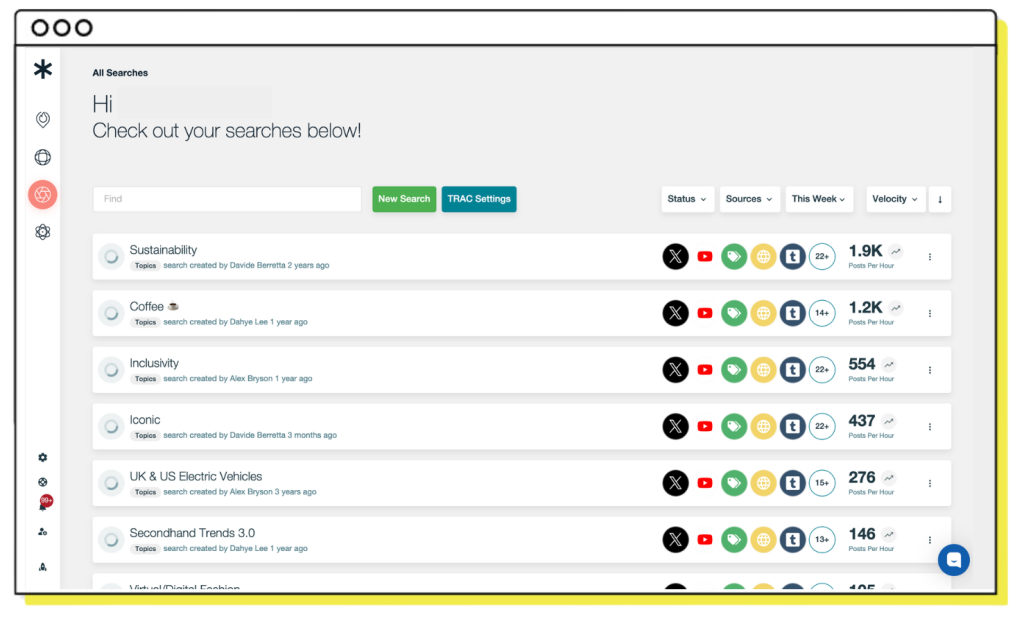
Step 3: Use the right tools
While there are a wide variety of social listening tools that can be used to optimize, monitor and measure the ROI of your social listening strategy, it’s important to consider the features and main selling points of each tool to ensure it’s able to support your objectives and goals.
Different tools offer various features, but for ROI measurement, it's vital to focus on those providing in-depth analysis and insights that directly align with your goals.
When evaluating social listening tools for ROI measurement, consider these key features:
- Comprehensive monitoring capabilities: Your tool should effectively track mentions across multiple platforms, ensuring you're capturing all relevant conversations impacting your ROI.
- Advanced analytics: Opt for a tool that doesn’t just collect data but offers advanced analytics. Pulsar TRAC, for example, provides detailed insights into audience behavior and shared affinities which is essential for understanding the impact of your social listening efforts on ROI.
- Conversion tracking: Essential for any ROI calculation, the tool should enable you to track how social interactions translate into conversions, be it sales, sign-ups, or other key performance indicators.
- Sentiment analysis: Understand the tone and sentiment of the conversations around your brand. This helps in gauging brand perception - a crucial component of ROI.
- Competitive analysis: Tools that allow you to benchmark against competitors can give you a clearer picture of your ROI in the context of your industry.
- Clear, actionable reporting: The tool should provide clear reports that translate data into actionable insights, making it easier to understand and present the ROI of your social listening.
By choosing a tool equipped with these features, you can ensure that your social listening strategy is tailored not just to track conversations, but to deliver measurable returns.
Step 4: Calculate your ROI
Now, it's time to crunch the numbers and calculate your ROI from social listening. This involves determining your net profit, which is essentially the difference between the benefits gained and the costs incurred from your social listening activities.
- First, identify the revenue generated or costs saved as a direct result of your social listening efforts. These are your benefits. It could include increased sales attributed to targeted marketing strategies informed by social listening, or perhaps cost savings from more efficient customer service approaches.
- Next, account for all costs related to your social listening strategy. This encompasses not just the direct costs like tool subscriptions and content creation, but also indirect costs such as the time and effort invested by your team.
Once you have monetary values for both benefits and costs, plug them into the following formula to calculate your social listening ROI:
Social Listening ROI (%) = Net Profit (Value Generated from Social Listening - Costs of Social Listening) / Costs × 100
This calculation will yield a percentage that represents your return on investment. A positive percentage indicates a profitable return, while a negative figure suggests that the costs are outweighing the benefits. Remember, this calculation is as much about understanding the value derived from social listening as it is about confirming its financial viability.
Step 5: Evaluate and improve
As emphasized above, measuring the ROI of social listening isn’t just about proving its profitability, it’s also an opportunity to evaluate the value derived from social listening to use these insights as a means to continuously improve your strategy, and inevitably, your ROI.
If your social listening ROI is currently yielding a negative figure, it’s important to view this as an opportunity to alter and adjust your approach, rather than assuming social listening isn’t working for your brand.
How to improve your social listening ROI
Understanding your social listening ROI is crucial, but it's equally important to know how to respond effectively if your ROI is not as high as expected. As mentioned above, a negative ROI doesn't signify that social listening is unsuitable for your business; rather, it highlights areas within your strategy that need refinement.
Here are key steps to boost your social listening ROI:
-
Refine your goals
Begin by reevaluating your social listening goals and objectives. It's essential that your social listening goals are not only aligned to your overall business goals but also well-defined and achievable. These goals should be specific enough to guide your strategy and measurable to allow for clear tracking of progress. Ensure they're realistically attainable, considering the resources and tools at your disposal. The effectiveness of your social listening is directly influenced by how relevant and well-structured your goals are.
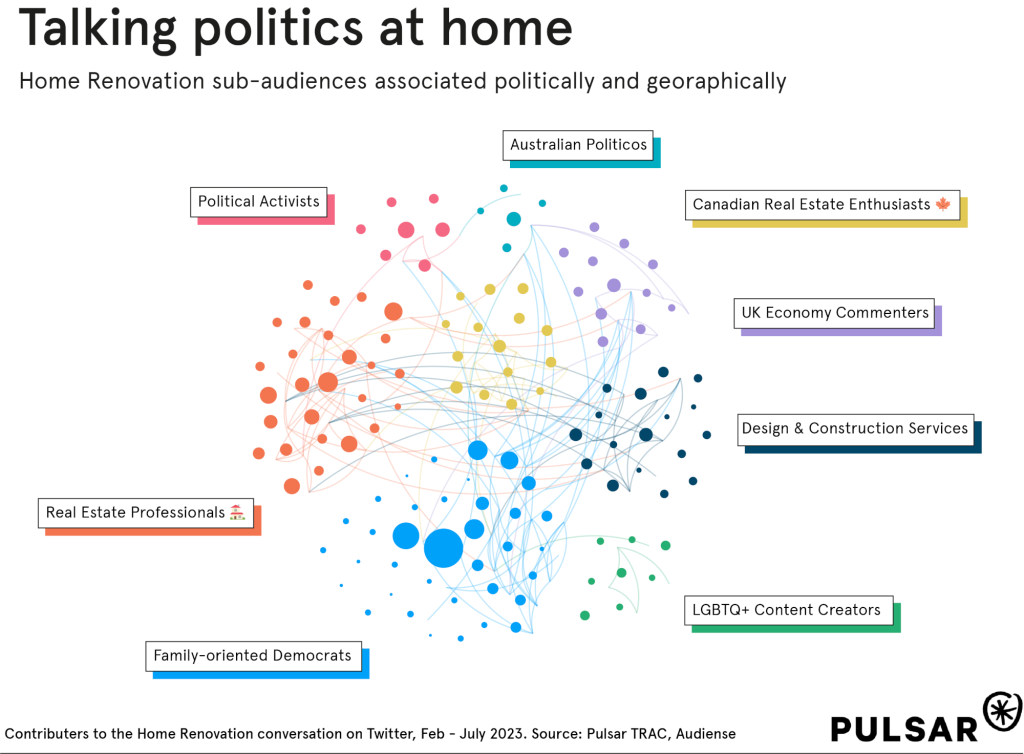
-
Enhance audience segmentation
Taking the time to understand your audience better is a surefire way to create more targeted messaging, increase engagement and boost ROI.
Dissecting your audience into distinct groups based on shared interests, characteristics, demographics, and behavioral patterns enables a more precise tailoring of your content and campaigns. In essence, segmentation allows you to align your social listening strategy to the specific nuances and preferences of each group within your wider community.
Such tailored engagement not only resonates more deeply with each audience group but also ensures that your marketing efforts are reaching the right people in the most effective way. This approach is key to creating more meaningful interactions with your audience and increasing brand loyalty - Influencing a substantial impact on your overall social listening ROI.
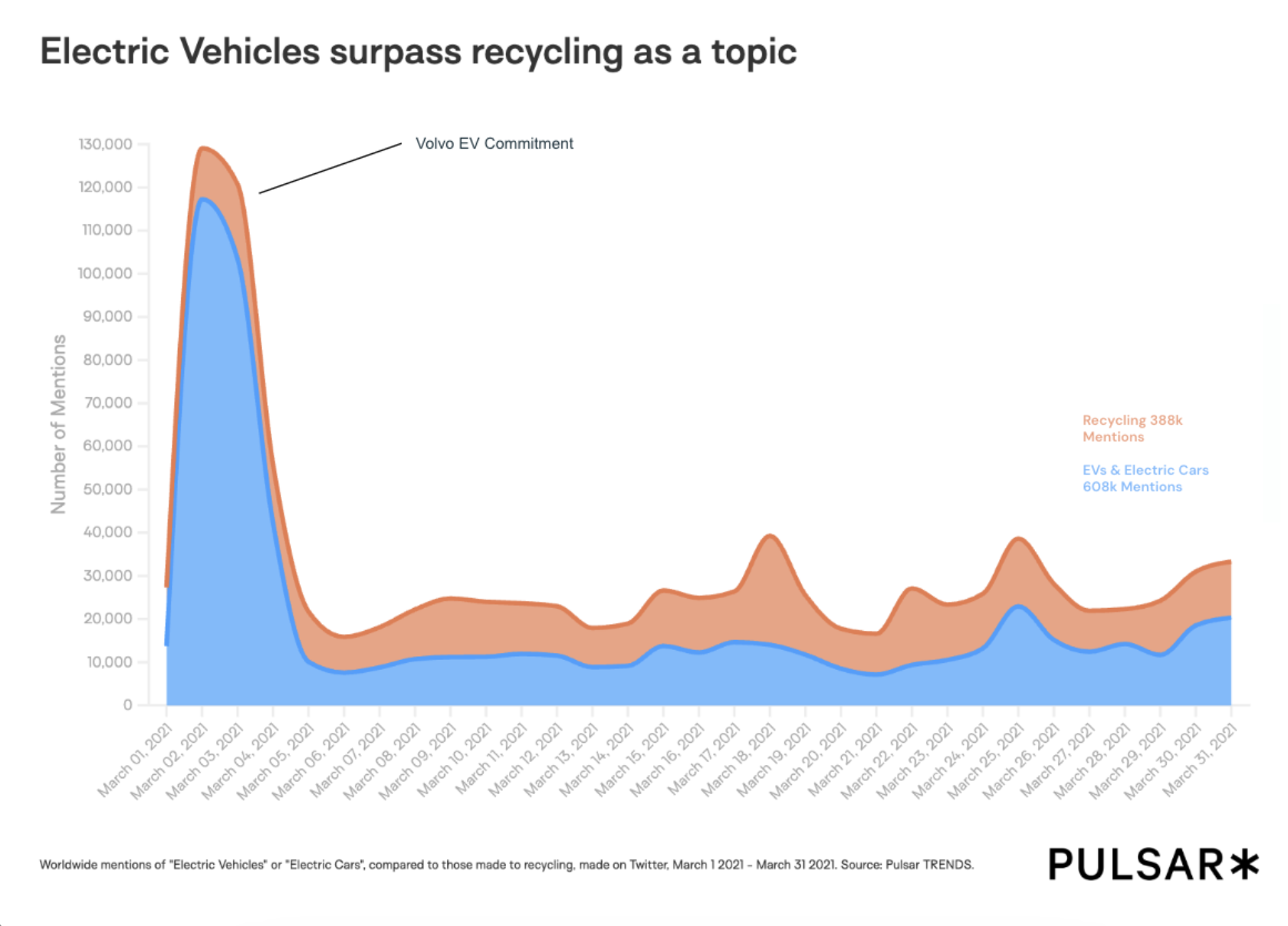
-
Regularly optimize keywords and topics
Ensure your social listening strategy remains relevant, fresh and up-to-date to yield a positive ROI. Regularly updating and refining the keywords and topics you monitor is a vital part of this process.
Social media trends can be fleeting, with new topics gaining traction rapidly and then fading just as quickly. To ensure your brand remains engaging and competitive, it's important to keep up with emerging trends and discussions relevant to your industry and audience. This allows you to capture the most current and meaningful insights, in tune with your audience's latest interests and concerns.
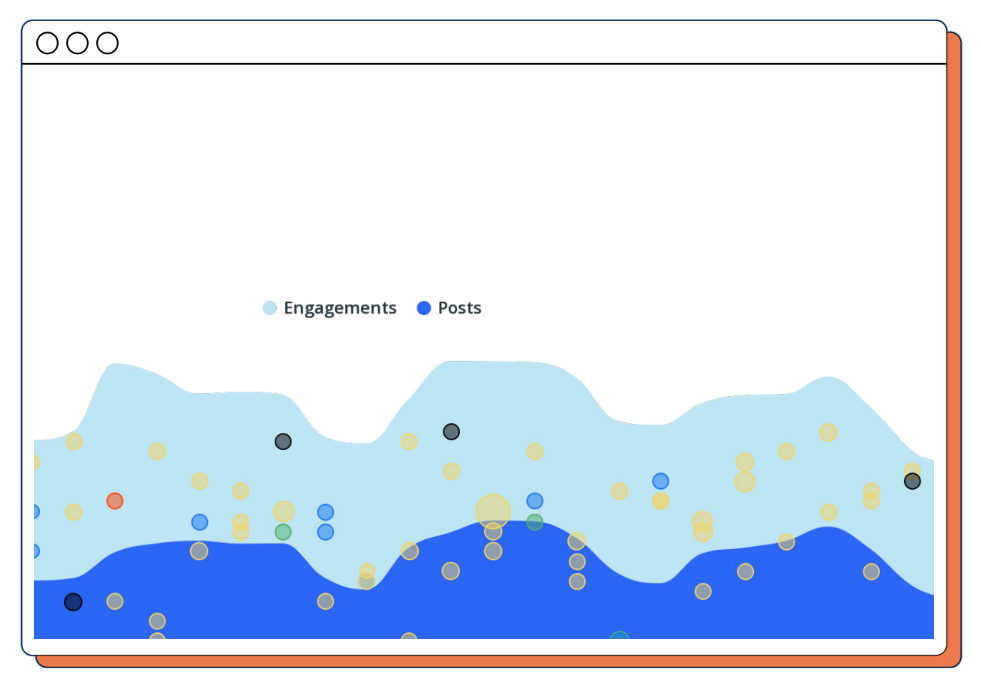
-
Focus on active engagement
Maximizing the effectiveness of your social listening strategy demands more than passive monitoring; it requires active engagement. Directly engaging with your audience online is crucial for building a deeper understanding of their interests, needs, and preferences.
Not only does this help you forge a relationship with your audience by getting to grips with their current interests and needs, but it also allows you to sharply respond to queries and discussions to uplift your customer service and retention for improved ROI.
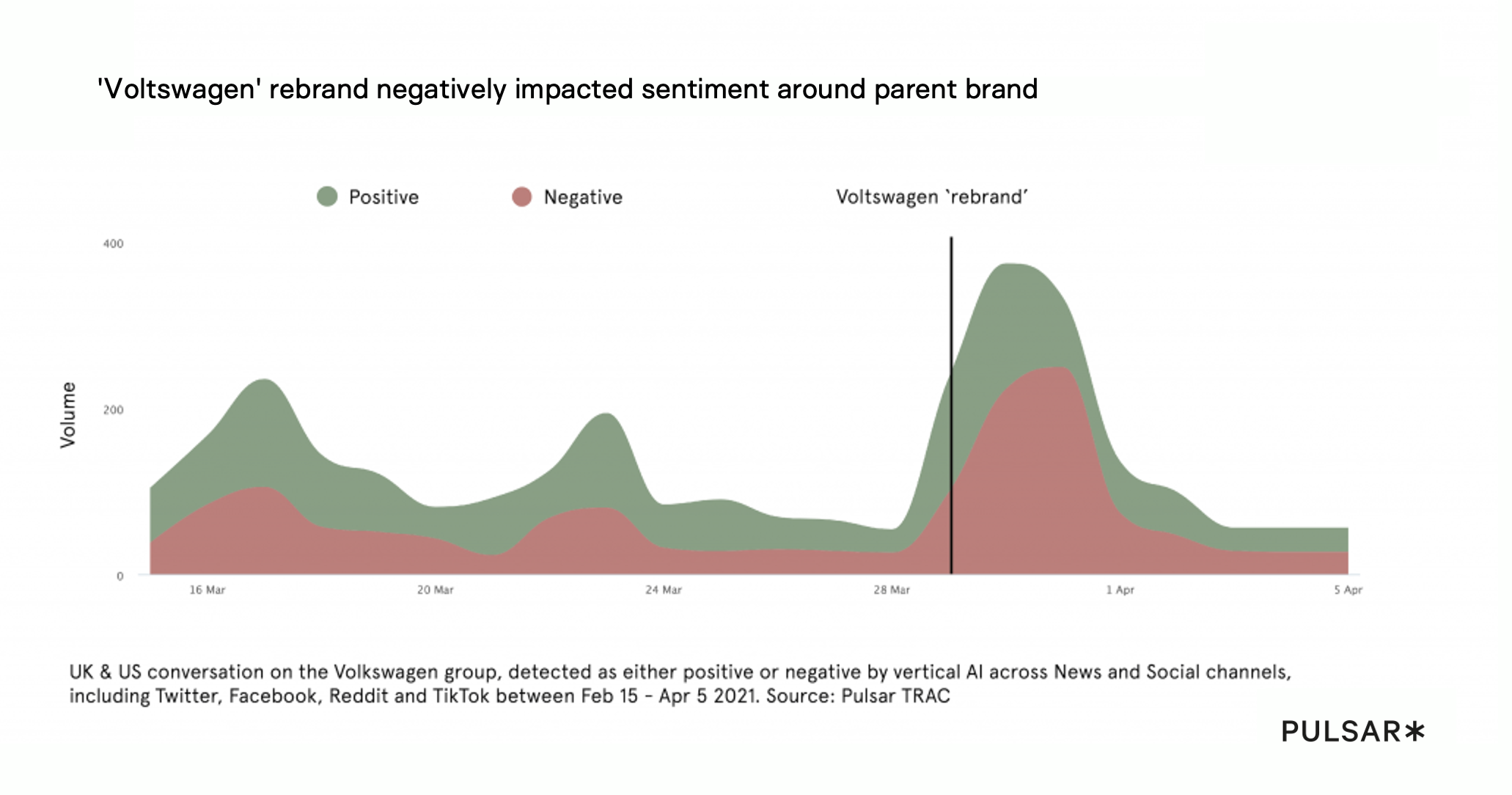
-
Dive into sentiment analysis
Sentiment analysis enables you to go one step further than analyzing the quantity of conversations surrounding your brand online, by diving into the quality of these conversations. This method isn't just about tallying up numbers; it's about assessing the sentiment behind each mention – categorizing them as positive, negative, or neutral.
In this context, "quality" refers to the emotional tone of the mentions. For instance, a high volume of mentions might initially seem positive, but if most of these are negative, indicating customer dissatisfaction, this insight is crucial for understanding the actual impact on your ROI.
Conversely, predominantly positive sentiments indicate a successful strategy that's resonating well with your audience.
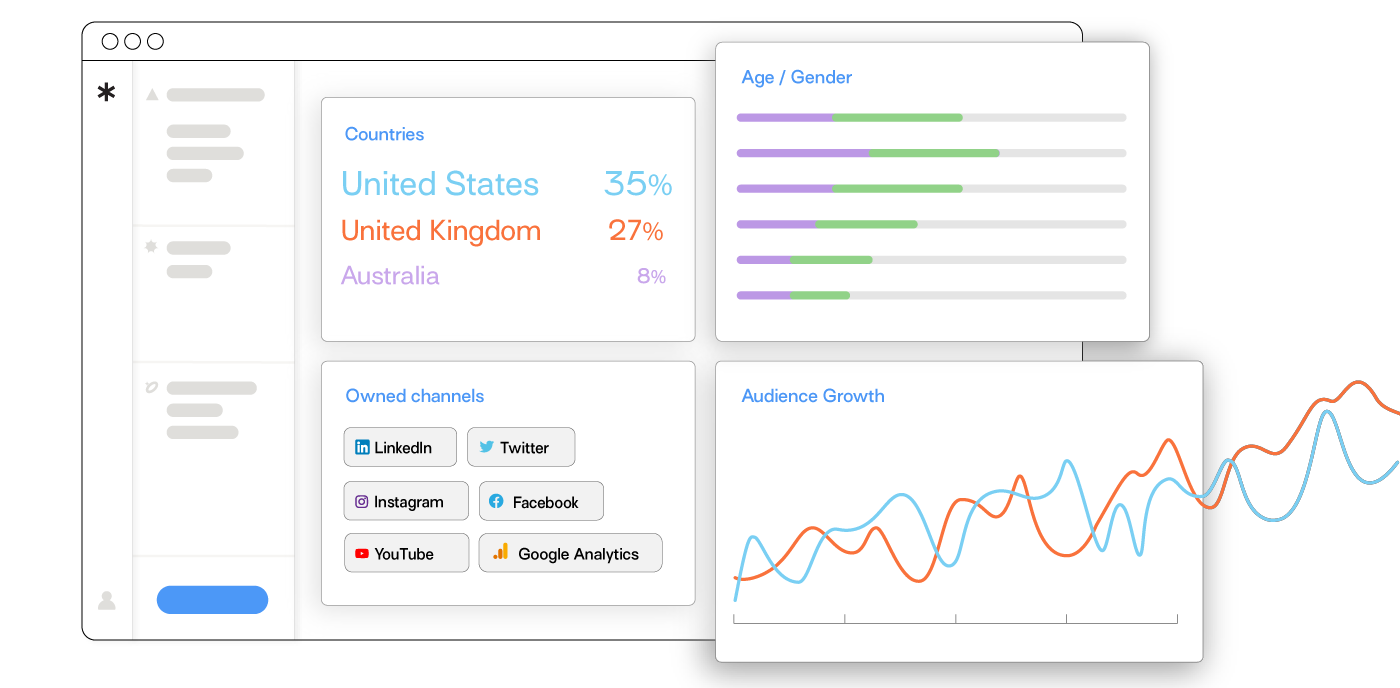
-
Adjust your strategy & analyze performance
Embrace your social listening strategy as an evolving journey, full of adaptations and learning curves, rather than a straight path to immediate success.
Crafting the perfect strategy rarely happens on the first try. It takes getting to know your audience and industry on a deeper level, along with strategically positioning your brand to resonate with your target market - requiring patience, experimentation, and a willingness to adapt.
If certain aspects of your strategy aren't yielding the desired results, don't hesitate to pivot. Use your data as a compass to guide your decisions and strategy adjustments. Remember, flexibility and responsiveness based on performance insights are key to refining your strategy and achieving long-term success.
Why is measuring the ROI of social listening important?
Understanding the ROI of social listening transcends the intuitive insights we, as marketers, often rely on. It provides a concrete, quantifiable basis to showcase how current marketing initiatives contribute to wider business goals.
But social listening ROI is about more than just proving it works; it offers vital insights into the current performance of your strategy, highlighting areas that are thriving and those that require refinement. Regularly calculating and reviewing your ROI is not just about keeping score; it's a strategic tool for continuous improvement, ensuring that your social listening efforts are consistently aligned with and effectively contributing to your business objectives.


